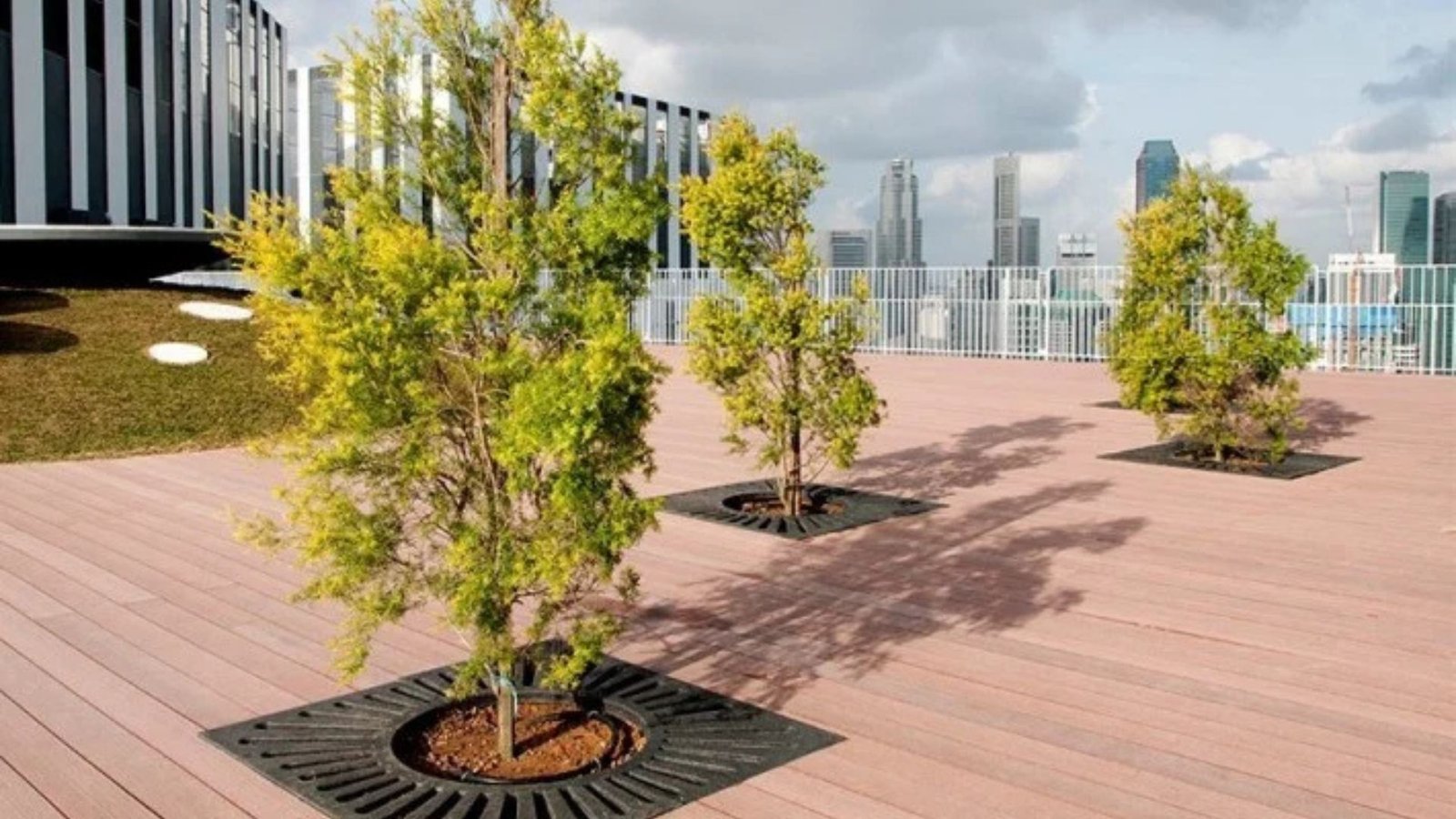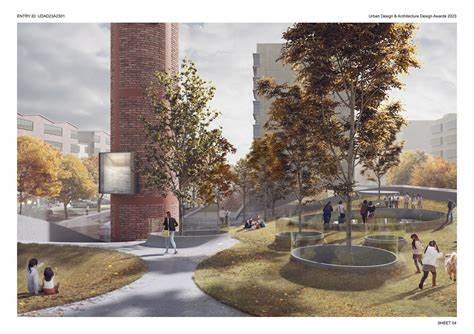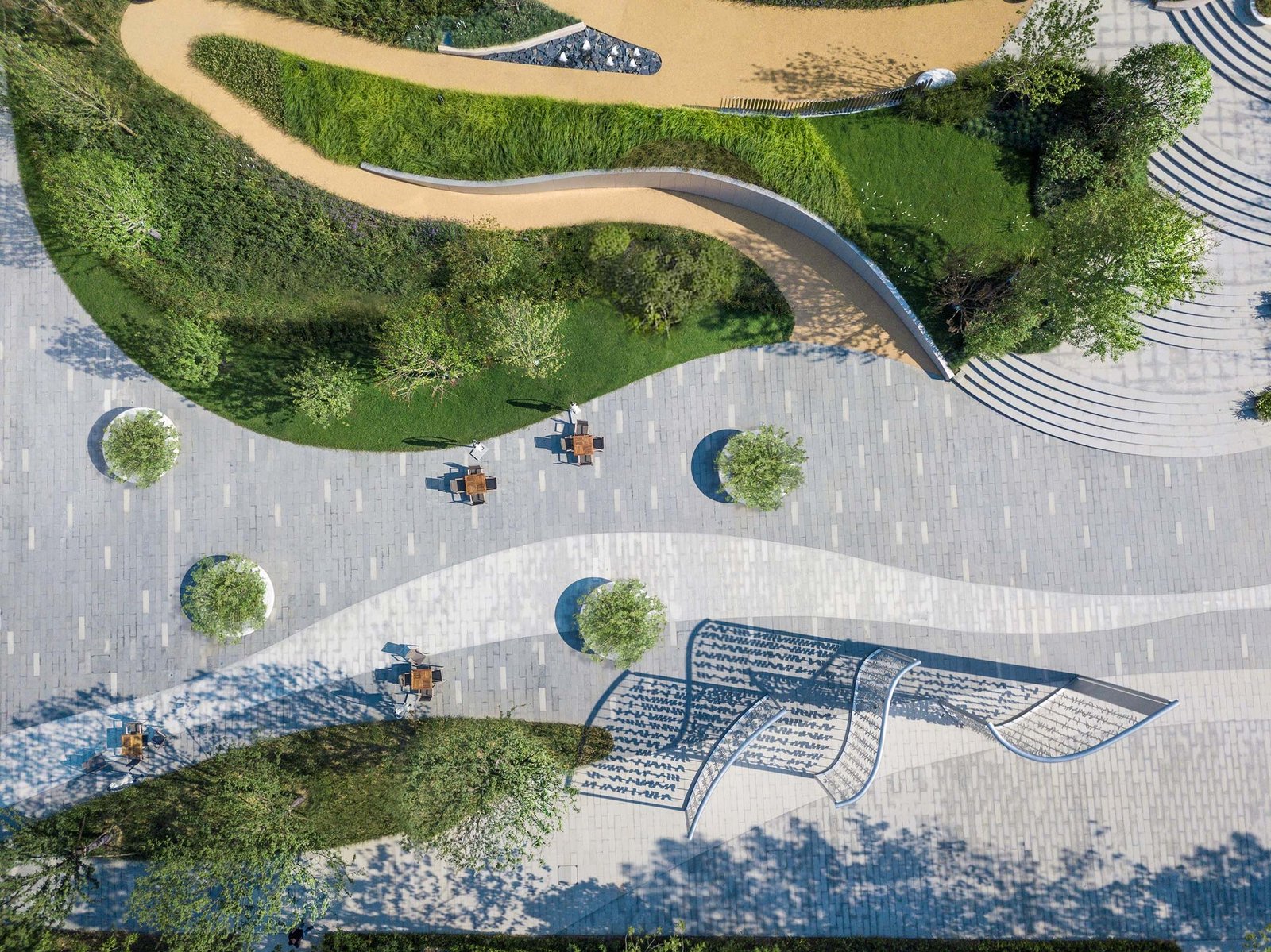Urban living can sometimes feel overwhelming with busy streets, tall buildings, and a lot of noise. However, landscape architecture can change that! By designing beautiful outdoor spaces, landscape architects create environments that help improve our quality of life. In this article, we will explore how landscape architecture enhances urban living and makes cities more enjoyable, healthier, and environmentally friendly.

What is Landscape Architecture?
Before diving into how landscape architecture enhances urban living, let’s define what landscape architecture is. Simply put, it’s the art and science of designing outdoor spaces. It includes parks, streetscapes, gardens, and even green roofs. Landscape architects carefully plan these areas to make cities more livable and sustainable.
Improving the Environment
One of the main ways that landscape architecture enhances urban living is by improving the environment. In busy cities, pollution and heat can make life uncomfortable. Landscape architects address these problems with green spaces like parks, trees, and green roofs. These green areas help clean the air by absorbing carbon dioxide and releasing oxygen. Trees also cool down the environment, reducing the effects of the heat. As a result, urban areas become more comfortable to live in.
Additionally, landscape architects use techniques such as rain gardens and permeable pavements to manage stormwater. These methods help prevent flooding and improve water quality. By making cities greener and more sustainable, landscape architecture creates a better environment for everyone.
Promoting Physical and Mental Health
Landscape architecture also plays a huge role in improving the health of city residents. Many people in urban areas spend most of their time indoors. Landscape architecture enhances urban living by providing outdoor spaces for relaxation and physical activity. Parks, walking trails, and cycling paths encourage people to get outside, exercise, and enjoy nature.
Spending time in green spaces has been shown to reduce stress, anxiety, and depression. People who live near parks often report feeling happier and healthier. By creating spaces where people can walk, jog, or simply relax, landscape architecture helps improve both mental and physical well-being.
Encouraging Social Connections
Another way that landscape architecture enhances urban living is by encouraging social interaction. Public parks and plazas are designed to bring people together. These spaces offer areas to sit, talk, and enjoy the outdoors with friends and family. Community events, like outdoor concerts or festivals, are often held in these spaces, helping to build a sense of community.
When cities have more public spaces designed for socializing, people are more likely to meet new friends and feel connected to their neighbourhoods. These interactions create stronger communities, where people care about one another and work together to make their city a better place.
Making Transportation Easier and Safer
Landscape architecture can also improve transportation in cities. By designing walkable streets, bike lanes, and pedestrian-friendly areas, landscape architects make it easier and safer to get around. People can walk or cycle to work, school, or the store, reducing the need for cars and cutting down on traffic and pollution.
In addition, green spaces along transportation routes, like trees lining the streets, make walking or biking more pleasant. These improvements in mobility make urban living more enjoyable and sustainable, as people can rely less on cars and more on walking or cycling.
Enhancing the City’s Beauty
Landscape architecture enhances urban living by making cities more beautiful. Well-designed outdoor spaces with colourful plants, interesting sculptures, and attractive walkways can transform a dull neighbourhood into a lively and pleasant place. A beautiful city is not only more fun to live in, but it also attracts tourists and businesses.
When people walk through well-designed parks or sit in a garden surrounded by flowers, they feel more relaxed and happy. This beauty can uplift the spirit of everyone who spends time in these spaces.
Supporting Biodiversity
Finally, landscape architecture enhances urban living by supporting biodiversity. Cities are often home to many species of plants and animals. Landscape architects design spaces that provide habitats for wildlife, such as birds, insects, and small mammals. By creating urban gardens and green corridors, they help preserve nature in the city.
These spaces also support native plants, which are better suited to the local environment and require fewer resources to maintain. In this way, landscape architecture contributes to the conservation of natural habitats and the promotion of biodiversity in urban areas.
Conclusion
In conclusion, landscape architecture enhances urban living in many ways. It makes cities more environmentally friendly, healthier, and beautiful. By designing outdoor spaces that promote physical activity, social interaction, and biodiversity, landscape architects create communities where people can thrive. Whether it’s a park, a tree-lined street, or a green roof, landscape architecture helps to make urban life more enjoyable for everyone.
Cities that invest in good landscape design are not only more attractive but also more sustainable, healthier, and connected. As urban areas continue to grow, landscape architecture will play a key role in shaping cities that are better places to live.




